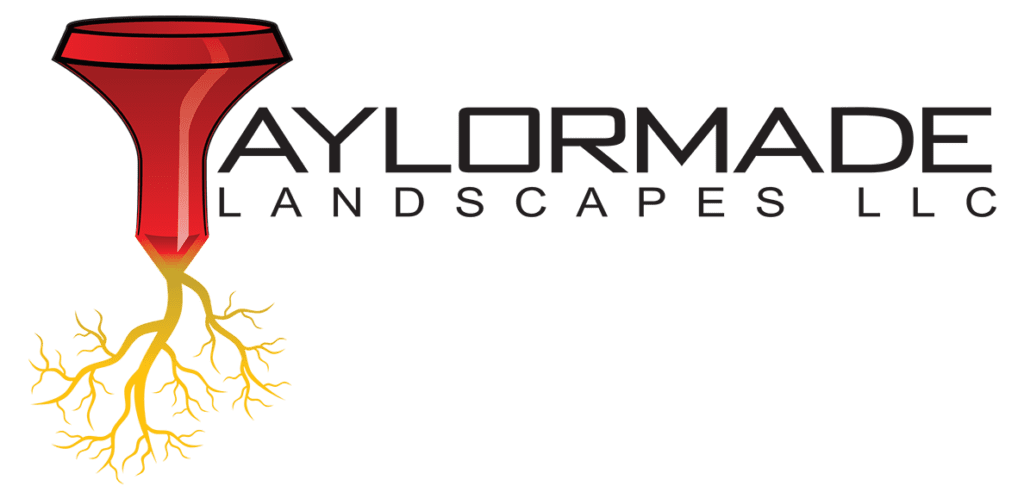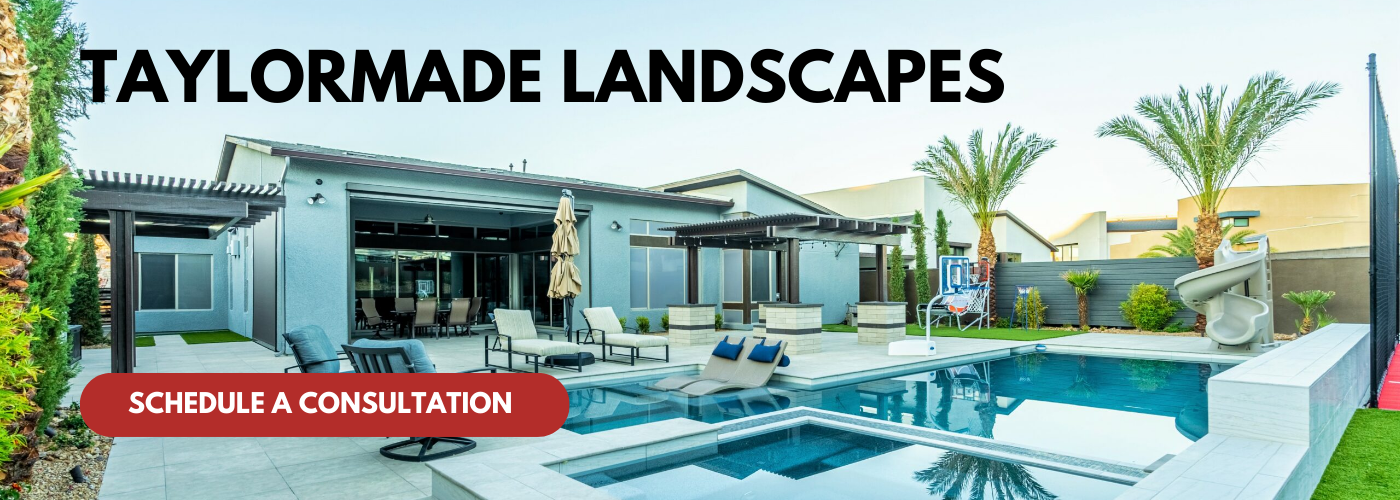As we move into 2025, homeowners are increasingly recognizing the significance of hardscape elements as fundamental components of landscape design. Hardscaping, which encompasses non-plant features such as patios, walkways, retaining walls, and outdoor structures, plays a crucial role in defining the aesthetic and functional aspects of outdoor spaces. In a world where urban living and outdoor lifestyles are merging more than ever, integrating hardscape into your property design can create not only a cohesive look but also an inviting environment that enhances livability.
A well-designed hardscape can serve as the backbone of your landscape, providing structure and organization that draws together various elements of your property. Rather than viewing hardscaping as merely utilitarian, contemporary design emphasizes its capacity for artistic expression. Innovations in materials, colors, and textures allow for personalized approaches that reflect individual tastes while harmonizing with the natural landscape. As homeowners increasingly seek to establish a seamless flow between indoor and outdoor spaces, the strategic use of hardscape can transform a disparate property into a unified extension of their home.
In 2025, with sustainability and climate resilience at the forefront of landscape architecture, hardscaping also offers opportunities to implement eco-friendly practices. By incorporating permeable surfaces, rain gardens, and native stone, property owners can not only enhance aesthetic appeal but also contribute to environmental viability. This article will explore various hardscape design strategies that foster coherence across your property, from establishing connective pathways to utilizing texture and color palettes that align with your home’s architecture. Together, we will unlock the potential of hardscaping to create engaging, functional outdoor spaces that reflect the values and lifestyle of modern homeowners.
Integrating Hardscape Materials with Landscape Elements
Integrating hardscape materials with landscape elements is essential in creating a harmonious outdoor environment. Hardscape refers to the non-plant elements of landscaping, including paths, patios, walls, fountains, and other structures. When thoughtfully combined with softscape elements, such as trees, shrubs, and flowers, hardscape can enhance the overall aesthetic appeal and functionality of a property. In 2025, focusing on the proper integration of these components will be pivotal in achieving a cohesive design that reflects both personal style and environmental considerations.
To effectively integrate hardscape materials with landscape elements, one must first consider the architectural style of the home and the surrounding environment. For instance, if a property is situated in a natural setting with abundant greenery, natural stone or weathered wood can bridge the gap between man-made structures and the organic landscape. The choice of materials also plays a critical role. For example, concrete, pavers, and bricks can add a modern touch, while gravel and flagstones offer a rustic charm. By carefully selecting complementary materials, homeowners can create a seamless transition that draws the eye and fosters a connection to nature.
In 2025, the emphasis on sustainability will also influence hardscape design. Integrating permeable paving materials that allow water to infiltrate the ground can help manage stormwater runoff, benefiting both the landscape and the environment. Additionally, incorporating elements such as rain gardens and bioswales within hardscape designs will not only provide an ecological benefit but also create visual interest and interactive spaces within the yard. By balancing aesthetics with ecological responsibility, homeowners will be able to develop a property that is not only beautiful but also resilient and self-sustaining.
Moreover, the strategic placement of hardscape elements can enhance functionality while providing a gathering space and pathways throughout the landscape. Features such as benches, fire pits, and outdoor kitchens can be woven into the design to facilitate social interaction, while walkways and patios can guide guests through the outdoor space, linking various sections of the property. This sort of integration fosters a sense of flow and encourages exploration, allowing individuals to fully engage with their environments. By thoughtfully considering these factors, homeowners in 2025 can create cohesive designs that honor the importance of both hardscape and softscape elements in enhancing the beauty and functionality of their properties.
Creating Visual Pathways and Focal Points
Creating visual pathways and focal points is an essential strategy in landscape design that improves both the aesthetic and functional aspects of a property. By thoughtfully mapping out pathways, you guide visitors and residents through the space, inviting them to explore different areas of the landscape. These pathways can be made using various hardscape materials—such as stone, brick, or concrete—that complement the surrounding environment while also ensuring durability. A well-designed pathway not only serves as a means of navigation but also establishes a sense of flow and continuity throughout the property, making it feel cohesive and inviting.
In addition to pathways, incorporating focal points within your hardscape can drastically enhance the vibrancy of your outdoor space. Focal points can range from decorative elements like sculptures, water features, or fire pits to strategically placed plants that draw attention. The key is to ensure that these focal points are coherent with the overall design philosophy and material palette of your property. For example, a rustic wooden bench paired with natural stone pathways can evoke a warm, inviting atmosphere where people want to gather and relax. Creating these elements encourages engagement, whether through visual interaction or as social gathering spots, enhancing the property’s livability.
In 2025, the application of hardscape to create visual pathways and focal points will be more critical than ever as people seek to maximize their outdoor spaces. With the growing trend towards outdoor living, property owners are looking for designs that facilitate entertainment, relaxation, and connectivity to nature. Effective hardscape can help define areas for different activities—be it dining, gardening, or lounging—while maintaining a unified look across the landscape. To further bolster cohesion, using similar materials and techniques throughout the pathways and focal points can create a seamless transition from one space to another.
Moreover, the strategic placement of lighting within pathways and around focal points can enhance visibility and safety while also extending the usability of these outdoor areas into the evening hours. In 2025, the integration of smart technology may also play a role, allowing for dynamic lighting options that adjust based on natural light or user preference. Altogether, by focusing on creating well-defined pathways and visually striking focal points using hardscape elements, you can achieve a cohesive design that resonates with modern principles of aesthetic appeal, functionality, and sustainability in your property.
Balancing Functionality and Aesthetics
Balancing functionality and aesthetics is pivotal in achieving a harmonious landscape design, and it is particularly significant when incorporating hardscape elements. Hardscape refers to the non-plant features in a landscape, such as patios, walkways, retaining walls, and driveways. These elements not only serve practical purposes, such as providing structure and accessibility, but they also contribute significantly to the overall visual appeal of a property. In 2025, homeowners can leverage modern design principles and innovative materials to ensure that their hardscape complements the natural elements of their landscape while fulfilling essential functions.
One of the key aspects of balancing functionality and aesthetics is through the thoughtful selection and arrangement of hardscape materials. For instance, integrating natural stone with wooden decking can create a visually appealing transition between different areas of outdoor space, while also providing durable surfaces for various activities. When designing pathways, considering both the material used and the layout is crucial. A well-defined path not only guides visitors through the landscape but can also enhance the visual flow, connecting different zones harmoniously. Additionally, the use of varied textures and shapes within the hardscape can add intrigue, creating inviting spaces that invite people to linger and enjoy the surroundings.
In addition to the selection of materials, it is also essential to incorporate functionality into aesthetic elements consciously. For example, installing strategically placed seating areas within hardscaped zones can encourage outdoor gatherings, promoting socialization while maintaining a beautiful landscape. Fire pits or outdoor kitchens integrated into beautifully designed patios not only enhance the aesthetic experience but also increase the overall utility of the space. By ensuring that hardscape elements serve dual purposes, homeowners can enjoy both a practical and visually stimulating environment that complements their lifestyle.
Furthermore, achieving this balance requires careful consideration of the surrounding natural landscape. Hardscape should not overpower the flora and fauna present on the property; instead, it should work alongside them. Thoughtful planning can yield spaces that are not only user-friendly but also visually harmonious and sustainable. In 2025, the integration of smart technologies in hardscape design can further enhance functionality, providing added convenience while maintaining aesthetic qualities. Ultimately, blending practical hardscape features with aesthetically pleasing designs leads to a cohesive and inviting outdoor environment that fulfills the needs and desires of homeowners.
Using Color and Texture to Enhance Cohesion
In contemporary landscape design, especially as we approach 2025, the strategic use of color and texture in hardscape materials is essential for achieving a cohesive outdoor environment. Hardscape elements, such as patios, walkways, retaining walls, and decorative features, play a significant role in defining the aesthetic of your property. By carefully selecting colors and textures that complement both the natural landscape and other architectural features of your home, you can create harmony and a sense of unity across your property.
One of the primary strategies for employing color and texture effectively is to consider the existing palette of your home and garden. For instance, neutral stone or brick materials can serve as a versatile backdrop that enhances the vibrant hues in your plants and flowers. Conversely, bolder colored paving stones or tiles can be used as accent points to draw the eye and create interest. Additionally, utilizing a consistent texture across hardscape features—such as smooth finishes for contemporary designs versus rough-hewn stones for rustic looks—can contribute to a unified theme that resonates throughout your outdoor space.
Texture can also play a crucial role in providing a tactile experience in your landscape design. Combining different textures, such as the smoothness of polished pavers with the rugged feel of natural stone, can add depth and dimension to your outdoor areas. This layering of textures not only enhances visual interest but can also delineate different spaces, offering a natural flow from one area of your property to another. By contrasting or harmonizing textures and colors, you can define zones for relaxation, dining, or entertainment while still maintaining a cohesive overall aesthetic.
Moreover, the use of color and texture will not only celebrate the design but also reflect personal style and preferences, allowing homeowners to create a sense of individuality in their yards. As the landscape design trends evolve in 2025, integrating sustainable practices, such as choosing eco-friendly hardscape materials with lasting colors and textures, will also contribute to a more environmentally conscious landscape that stands the test of time. This emphasis on cohesion through color and texture will enable property owners to achieve a serene, balanced, and visually appealing outdoor atmosphere that enhances both functionality and enjoyment.
Planning for Sustainability and Maintenance Solutions
Planning for sustainability and maintenance solutions in hardscaping is essential in creating an environmentally responsible and enduring landscape design. This approach focuses on choosing materials that are not only durable but also environmentally friendly, which can reduce the ecological footprint of your property. In 2025, the emphasis on sustainable building practices is expected to grow, with more homeowners recognizing the importance of sustainable materials—such as permeable paving and recycled stone—that promote water conservation and reduce runoff.
Integrating sustainable hardscaping features can greatly enhance the cohesiveness of a property. For instance, using permeable pavers in driveways or patios allows rainwater to infiltrate the ground, which mitigates erosion and replenishes groundwater. Additionally, selecting native stone can provide an aesthetic that resonates with the surrounding environment while minimizing transport emissions associated with material sourcing. The use of eco-friendly materials contributes to a holistic approach that aligns with modern environmental standards and can be an attractive selling point for prospective buyers in the future.
Moreover, maintenance solutions play a critical role in ensuring the longevity and health of both hardscape and landscape elements. In the design phase, incorporating low-maintenance features—such as strategically placed hardscape areas that limit the amount of lawn to be mowed or plants that require less water—can save time, money, and resources. By planning maintenance solutions alongside sustainability, you not only create a visually appealing environment but also invest in a property that remains functional and beautiful over the years with less need for intensive upkeep.
In a cohesive design, the interplay between hardscape and landscape elements should be considered carefully. For example, raised planters can incorporate both plantings and seating areas, allowing them to serve multiple functions while reducing maintenance needs. Similarly, including drip irrigation systems tied to hardscape features can streamline watering within the landscape, ensuring that both hard and soft elements work in harmony. Implementing these principles in 2025 will result in a sustainable design that not only enhances property value but also enhances quality of life, providing homeowners with a beautiful and functional outdoor space that endures the test of time.




